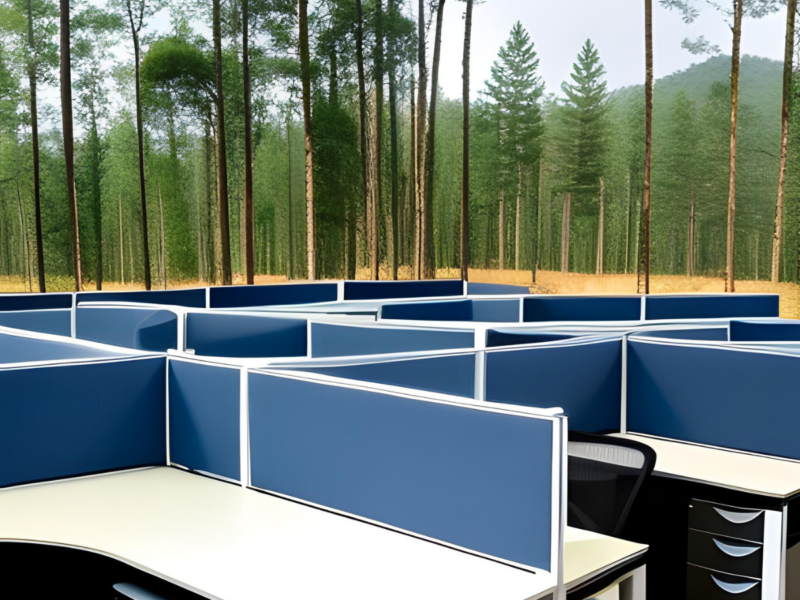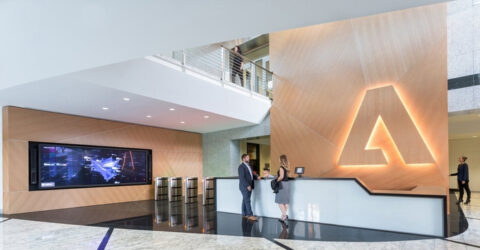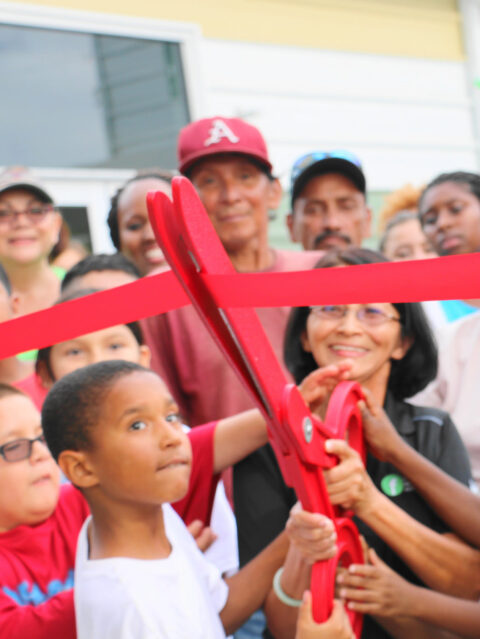The post-pandemic age has officially begun. But many offices are in a holding pattern, waiting to see what their peers do, what their employees want, and what their executives demand. What they need is Freedom to Flex. Some form of flexible work is likely here to stay, and workplaces need to adapt. Here’s how to break the analysis paralysis and create the space your team deserves.
What you’ve got: High panels, no flow, bad collaboration
Before the pandemic, most office spaces were designed with high panels that divided workstations, isolating employees from each other. This design provided privacy and focus, at the expense of communication, collaboration, and the overall flow of ideas. The pandemic forced companies to adopt remote work, and now as they transition back to the office, it’s an opportunity to reimagine the workspace. Employees get their “heads down time” in their home offices; when they are in the same space, they want to make the most of it. And they can only do that if they’re given the freedom to flex.
What you need: Sharing ratios, creative commons, freedom to flex
In the post-pandemic workplace, flexibility and adaptability are key. Instead of fixed workstations, companies should consider implementing sharing ratios, where employees can utilize shared workspaces based on their needs. This approach maximizes space utilization and promotes interaction among team members.
Moreover, creating creative commons areas within the office can foster innovation and brainstorming. These spaces should be designed to encourage informal meetings, idea-sharing, and spontaneous collaborations. Adjustable furniture and equipment are also essential to accommodate diverse work styles and preferences. Standing desks, movable partitions, and ergonomic chairs contribute to a healthier and more productive work environment.
And finally, every modern workplace should aim to be circular. That means reducing waste whenever possible and keeping materials in use. That’s what a sustainable office needs to look like, and it’s increasingly what employees and shareholders expect.
What’s stopping you: Disposal of furniture, indefinite storage, uncertainty about what’s next
Implementing workplace change requires overcoming various obstacles. One of the challenges is the disposal of existing furniture. Instead of sending it to landfills, companies should explore sustainable decommissioning options. This can involve repurposing furniture, donating it to charitable organizations, and strategic recycling of high-value materials. This is the work that Green Standards was founded to tackle on behalf of corporations and governments around the world. We can help you turn this huge liability into an asset: A valuable contribution to the circular economy.
Perhaps your old office furniture is in storage. Maybe you reduced your space, moved offices, or renovated, and you’re still trying to figure out what to do with the old stuff. Freedom to flex means the freedom to ethically and efficiently get rid of it — and save yourself warehouse rental fees in the process.
Uncertainty about the future can also hinder workplace change. But remaining stagnant and waiting for others to act can be detrimental. It is crucial to embrace change and be proactive in creating a workspace that aligns with the company’s vision and the needs of its employees.
Removing assets that are no longer serving the company can be a difficult decision, especially if they are still on the books. Evaluating the return on investment and considering the long-term benefits can help overcome the hesitance to let go.
What to do about it: Lean into change, sustainably decom, ask employees
Done right, the new world of flexible work ought to mean happier, more productive employees. Instead of reacting passively, companies should take a proactive approach to create a workspace that fosters collaboration, innovation, and employee well-being.
Sustainable decommissioning practices should be adopted to ensure that furniture and equipment are handled responsibly. This involves partnering with specialized organizations that can repurpose, recycle, or donate items that are no longer needed. With planning and expertise, a landfill diversion rate of more than 95% is very possible.
Furthermore, involving employees in the decision-making process is crucial. Their input and feedback provide valuable insights into their needs and preferences. Conducting surveys, organizing focus groups, and encouraging open communication can help create a workplace that caters to the diverse requirements of the workforce. And by all means, let them know that when you refreshed the office, you did it by donating surplus assets to local non-profits!
A reimagining of the workplace should work for everyone. Breaking down the barriers to change requires a proactive mindset, sustainable decommissioning practices, and active engagement with employees. By embracing flexibility, adaptability, and innovation, companies can create a workspace that promotes collaboration, productivity, and employee satisfaction. The time to act is now; we can’t let the workplace of the future impede our progress in building the workplaces we need today.



